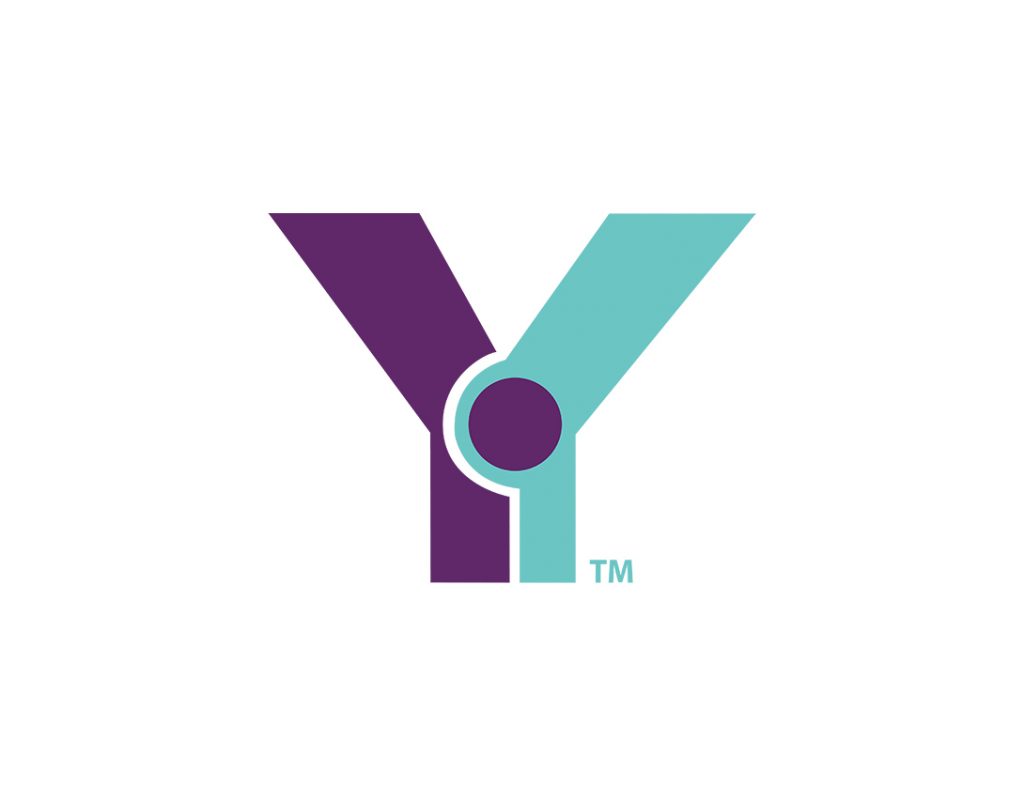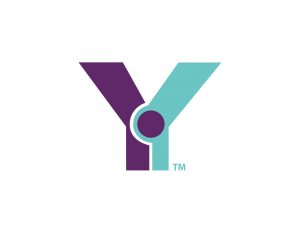In conjunction with our “Partners in Caring” program funded by the UJA-Federation of New York, the Y will feature interviews from six local survivors to better understand each individual’s story. These interviews will be showcased at the Hebrew Tabernacle gallery “Experiencing a Time of War and Beyond: Portraits of Spirited Holocaust Survivors”. The gallery will be opening on Friday November 8th.
Hannah Eisner worked at the Y for 18 years, as an office manager for Project Hope and then as a program director in the senior center. She retired in 1987, but currently is the chair of the chesed committee, attends the Partner in Caring weekly discussion group, and on occasion teaches an origami class here at the Y once a week.
Hannah Eisner (sculpture by Peter Bulow: www.peterbulow.com)
Hannah Eisner was born in Offenbach, Germany on November 12, 1924. She grew up in Offenbach with both of her parents. Her father worked as the vice president of a Jewish owned private bank and her mother was a stay at home mom. After 1934, Jewish children were not allowed to go to public schools, so they were taught by the Jewish teachers who were also not welcome in public schools. This is how the Jewish school in Offenbach came about. Hannah describes, “I did not feel so deprived. We had our own community.” She remembers that Jews were not allowed to go anywhere in town. There were signs outside movie theaters and businesses that said “Jews not wanted.” She explained the treatment of the Jews: “they were treated like nothings. Like vermin.”
Before Kristallnacht, the super intendant of the building that Hannah’s dad worked in asked him for a favor, which Hannah’s father was able to help with. , Hannah and her parents believe that the reason that her father was not taken to a concentration camp and that her apartment was not demolished was because the super intendant paid this favor back. He protected Hannah’s family. Hannah recalls, “I felt almost embarrassed when everyone else’s father was taken, but he was safe. Still, whenever the doorbell rang, one was afraid one would be taken away. One lived in utter fear.” Hannah remembers mostly how much fear she and her family lived in. She states that there was no justice for Jews.
There was a small Jewish population in Offenbach, and during Kristallnacht, almost all of the apartments were ransacked and the synagogue was set on fire. After Kristallnacht, Hannah remembers the devastation that took place and how it affected her and her community. She remembers getting ready to go to school the next day and being told by one of her classmates to go home because there is no school left. Later on, she and one of her friends walked to the school, “we looked into the broken windows, we saw it all black and burned.” Jewish businesses were greatly affected. Their stores were empty, and no gentile dared to go in. She also describes that her father was pushed out of his position at the bank as the bank was taken over by someone else who was not Jewish. “After Kristallnacht, we knew we had to get out if we could.”
After the events of Kristallnacht, Hannah and her family waited their number to be called in order to come to America. She feared that their number would not be called because the American consulate closed over the summer; however, their number was called before the consulate closed. While waiting for their number to get called, Hannah and her family prepared for their journey by taking the little money that they had left and buying clothes so that when they reached America, they would have clothes and shoes. Hannah remembers that each day she waited to leave for America, she watched as the Jewish community shrunk.
One of Hannah’s most vivid memories involves her friend Lisel Strauss. When one would receive an affidavit to leave the country, often times the affidavit was not big enough to cover the whole family. The Strauss family did not have an affidavit that would cover all four of them. So the family split up. The father and younger sister, Ellen, went to American first. Lisel and her mother stayed behind with the hope that the father would soon be able to get an affidavit for the two of them. But Lisel and her mother never got out. Ellen married a man who was in the leather business, specifically handbags. The handbags that they made were called the Lisette, which was named after Lisel. (Hannah still has her original handbag, pictured above).
Many of Hannah’s relatives perished in Nazi death camps. She had a cousin who was imprisoned in one of the camps. Her cousin found a boyfriend at the camp. The boyfriend had an opportunity to leave the camp, but he decided to stay with Hannah’s cousin. They both ended up being murdered in the camp together.
The Eisner’s came to America in April 1939. Hannah had relatives in New York who rented a room for her family for a short period of time. She remembers, “to my surprise, the freedom here, the abundance…after relatives had picked us up, they rented a room for us until our few belongings did come…they wanted me to buy things in the grocery store. So with my best English I went down and I said ‘can I have an egg or two?’ They said ‘what? Why don’t you take a dozen?’ These were the surprises of an immigrant.” Hannah’s family would rent five bedroom apartments, which was bigger than what they needed in order to rent out rooms to other refugees who could not afford their own apartments. Hannah remembers, “I never had a room of my own. For a long, long time because we rented out two rooms. But I’m glad to be alive.” When they first arrived, Hannah’s father took a job as a door-to-door salesman. This was a tremendous step down from his position at the bank, but it was the only work he was able to get. Eventually, he was fortunate enough to get a job as a shipping clerk. Hannah’s mother worked very little from home; she stitched slippers together.
Hannah was 14 years old when she came to America. She attended junior high school and then George Washington High School. She was a bright student, but did not want to go to college because she would have to go to classes a night. After graduation, Hannah worked as a billing clerk in a slipper manufacturer.
Living through the devastation of Kristallnacht and the Holocaust affected Hannah in many ways throughout her life, but especially when it came to raising her children. She explains, “I was stricter with them because I felt that the others were killed and we survived so [my children] shouldn’t be so silly. So I was stricter on my boys, which I regret now.”
“Hitler made me proud to be a Jew. Hitler made me Jewish.” Hannah was married in 1950 to an Austrian man that she met in America. She has two sons and three grandchildren. Her middle grandson was just accepted into the Israeli Army. She is tremendously proud of him.
This interview was conducted by Halley Goldberg of the Y’s Partners in Caring initiative and belongs to the YM&YWHA of Washington Heights and Inwood. The use of this material without written consent from both the Y and the interviewee is strictly prohibited. Find out more about the Partners in Caring program here: http://ywashhts.org/partners-caring-0
Hebrew Tabernacle’s Armin and Estelle Gold Wing Gallery in proud partnership with the YM&YWHA of Washington Heights and Inwood invites you to our November/December, 2013 Exhibit “Experiencing a Time of War and Beyond: Portraits of Spirited Holocaust Survivors” with photographs and sculpture by: YAEL BEN-ZION, PETER BULOW and ROJ RODRIGUEZ. In conjunction with a special Service in memory of the 75th Anniversary of Kristallnacht -the Night of Broken Glass Services and Artist’s Opening Reception, Friday, November 8th, 2013 7:30 p.m.
A statement from the Y : ” For decades the Washington Heights/Inwood Y has been, and continues to be, a haven for those seeking refuge, respect and understanding. Many who enter our doors and participate in our programs have lived through trials and tribulations that we cannot even begin to imagine. For some, who will be part of this exhibit, one such horror has come to be known to the world simply as “The Holocaust” – the systematic murder of six million Jews of Europe.
We at the Y remember the past, honor those who lived and died during that time, and safeguard the truth for future generations. For the sake of ourselves and our children, we must pass down the stories of those who have experienced the evils of war. There are lessons to be learned for the future. The interviews are documented by Halley Goldberg, a “Partners in Caring” program supervisor. This vital program was made possible through a generous grant from the UJA-Federation of New York, designed to enhance relationships with synagogues in Washington Heights and Inwood. “
Our joint art exhibit features portraits and interviews of survivors of the Holocaust, Hannah Eisner, Charlie and Lilli Friedman, Pearl Rosenzveig, Fredy Seidel and Ruth Wertheimer, all of whom are members of the The Hebrew Tabernacle, a Jewish congregation that many German Jews fleeing the Nazis and lucky enough to come to America, joined in the late 1930’s. In addition we will also honor Holocaust survivor Gizelle Schwartz Bulow- mother of our artist Peter Bulow and WWII survivor Yan Neznanskiy – father of the Y’s Chief Program Officer, Victoria Neznansky.
A special Sabbath Service, with speakers, in memory of the 75th Anniversary of Kristallnacht (the Night of Broken Glass) precedes the opening of the Gold Gallery/Y exhibit:Services begin promptly at 7:30 pm. All are invited to attend.
For gallery open hours or for further information please call the synagogue at 212-568-8304 or see http://www.hebrewtabernacle.orgArtist’s Statement: Yael Ben-Zion www.yaelbenzion.comYael Ben-Zion was born in Minneapolis, MN and raised in Israel. She is a graduate of the International Center of Photography’s General Studies Program. Ben-Zion is the recipient of various grants and awards, most recently from the Puffin Foundation and from NoMAA, and her work has been exhibited in the United States and in Europe. She has published two monographs of her work. She lives in Washington Heights with her husband, and their twin boys.
Artist’s Statement: Peter Bulow: www.peterbulow.com
My mother as a child, had been in hiding during the Holocaust. Over the years, her experience, or what I imagined to have been her experience, has had a large influence on me. This influence is reflected both in my personal and in my artistic life. I was born in India, lived as a young child in Berlin and emigrated to the US with my parents at age 8. I have a Masters in Fine Arts in sculpture. I am also the recipient of a grant that will allow me to make a limited number of bronze busts of Holocaust survivors. Please let me know if you are interested in being part of this project.
Artist’s Statement :Roj Rodriguez: www.rojrodriguez.com
My body of work reflects my journey from Houston, TX – where I was born and raised – to New York – where, exposed to its ethnic, cultural and socioeconomic diversity and its unique view on immigrants – I found a renewed respect for everyone’s culture. I’ve apprenticed with well-established photographers, traveled the world extensively and collaborated with many top professionals in the field. Since January, 2006, my career as an independent photographer has become a process of taking on personal photography projects that emerge from my own understanding of the way we share the world and exercise our creativity as a whole.



